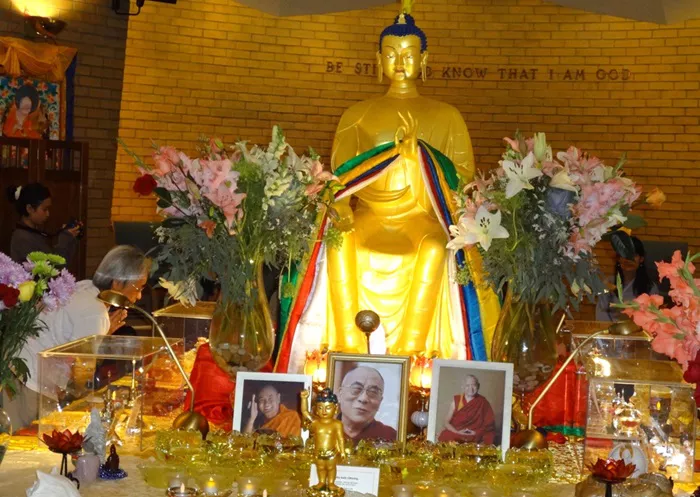Just days before Buddhists around the world celebrate Vesak Day, Sotheby’s Hong Kong will auction Buddha’s relics—what Sotheby’s calls “the Pipurava treasures of the historical Buddha.”
The relics were discovered in 1898 in a stupa, or funerary monument, in Pipurava, India (in present-day Uttar Pradesh). According to an inscription carved on one of the relic cases, the stupa contained the remains of the Buddha himself.
As the first reliable discovery of Buddha relics in modern times, they immediately attracted the attention of Buddhist scholars and believers.
In Sotheby’s auction catalog, the auction house distinguished the “treasures” for sale from the bones and ashes in its collection. Buyers are invited to appreciate the material value and exquisite craftsmanship of these artifacts.
The art market’s presentation cleansed the “treasures” of their inherent association with human remains while highlighting their sacredness to enhance their market value. Sotheby’s said the valuations were “upon request.”
For the Buddhists who deposited these artifacts—and for Buddhists today—these gems, bones, and ashes belonged to the Buddha and should not be sold to the highest bidder. As researchers of Buddhist material culture engage actively in the current global debate on repatriation, we argue that this buying and selling perpetuates colonial violence.
As early as 1898, British landowner William Claxton Peppé ordered the desecration of his pagoda in colonial India and discovered relics in the reliquary. He divided the relics into two groups: one containing bones and ashes, the other containing gems and precious objects.
The British crown, which ruled colonial India from 1858 to 1947, claimed Peppé’s find under the Indian Treasure Act of 1878 and divided the spoils accordingly.
The bones and ashes went to the Thai King Chulalongkorn of Siam, some of the “gems” went to the Colonial Museum in Calcutta, and the rest went to Peppé. The gems claimed by Pepe are now being sold by his descendants through Sotheby’s.
Today, there is a growing demand for proof of provenance, or historical records of ownership of artworks. Buyers can be reassured by the clear legal ownership of the artworks in the Sotheby’s catalogue, which states: “This collection is from the descendants of William Claxton Pepe.”
Are the legal terms established by colonial powers still valid today? Is “consent” a viable concept for colonized people? What are the ethics in this context? The coercion inherent in colonial contexts ultimately leads to the subtly commoditization of objects that hold the highest sacred value for a wide range of religious believers.
The repatriation of artifacts illegally looted by European powers from South Asia, Southeast Asia, and Africa during the colonial period is at the heart of today’s movement to reconstruct ethics in the art market. We believe that this sale perpetuates the legacy of colonial violence.

